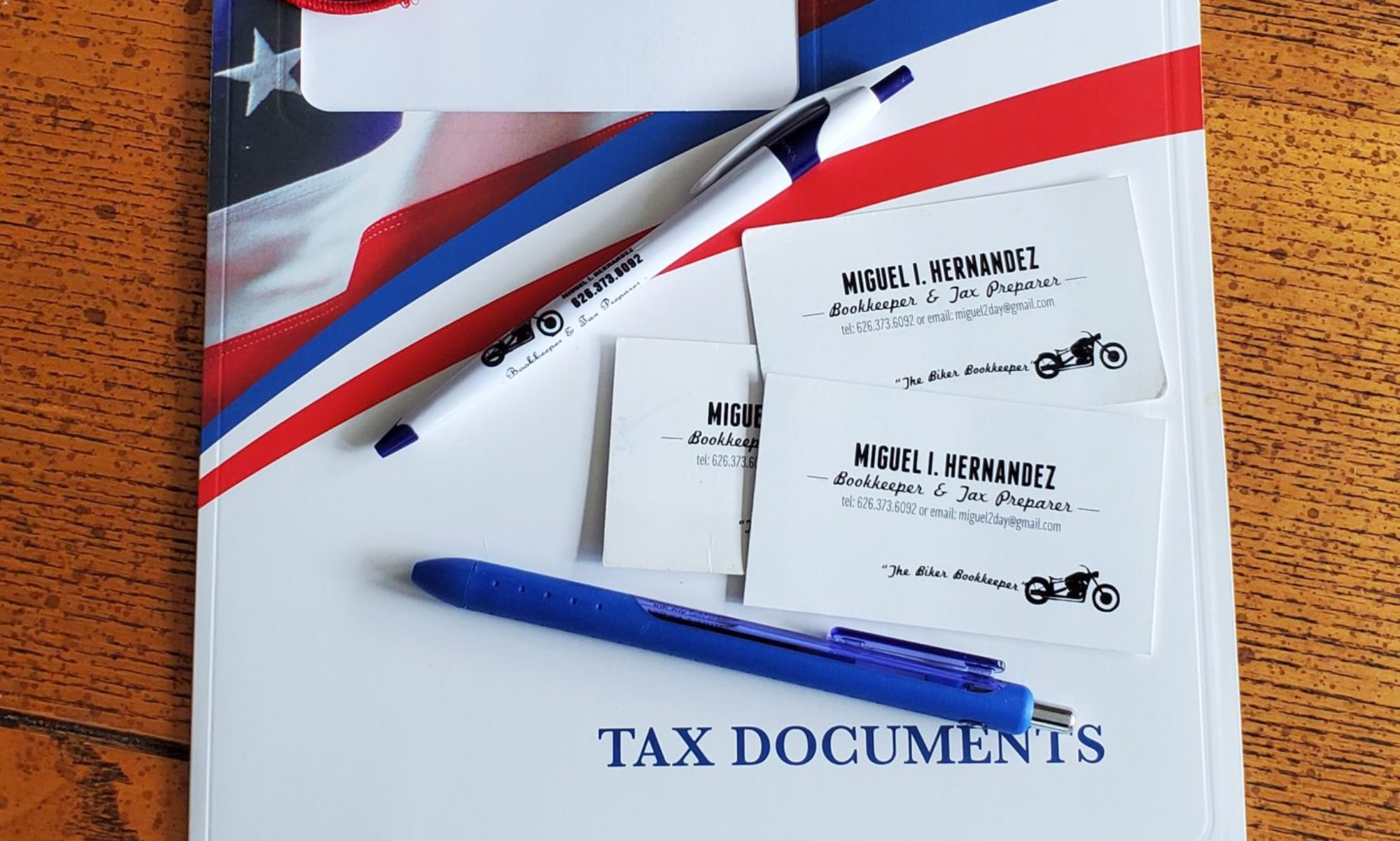Beginning with tax year 2020, the 1099-MISC has been redesigned due to Form 1099-NEC. Employers will no longer report nonemployee compensation, such as payments to independent contractors, on Form 1099-MISC.
Form 1099-NEC
This tax year 2020, employers must use Form 1099-NEC to report nonemployee compensation, if the following criteria is met.
- Payment made to someone who is not your employee.
- Payment made for services of your business
- Payment made to an individual, a partnership, or an estate.
- Payments made of $600 or more during the year.
This nonemployee compensation are payments made to independent contractors, fees paid for professional services such as of attorneys and accountants, and commissions paid to nonemployee salespersons that are subject to repayment but not repaid during the calendar year.
Form 1099-NEC must be given by employers to the individual and filed to the IRS by January 31, 2021.
Form 1099-NEC example:

Source: Internal Revenue Service
Form 1099-MISC
This tax year 2020, employers must use Form 1099-MISC to report payments made if the following criteria is met.
- At least $10 in royalties or broker payments in lieu of dividends or tax-exempt interest.
- At least $600 in the following:
- Rents.
- Prizes and awards.
- Other income payments.
- Generally, cash from a notional principal contract to an individual, a partnership or an estate.
- Medical and health care payments.
- Payments to an attorney.
- Section 409A deferrals.
- Nonqualified deferred compensation.
Form 1099-MISC must be given by employers to the individual by January 31, 2021 and filed to the IRS by February 28 or March 31st if filed electronically.
Form 1099-MISC example:

Source: Internal Revenue Service

